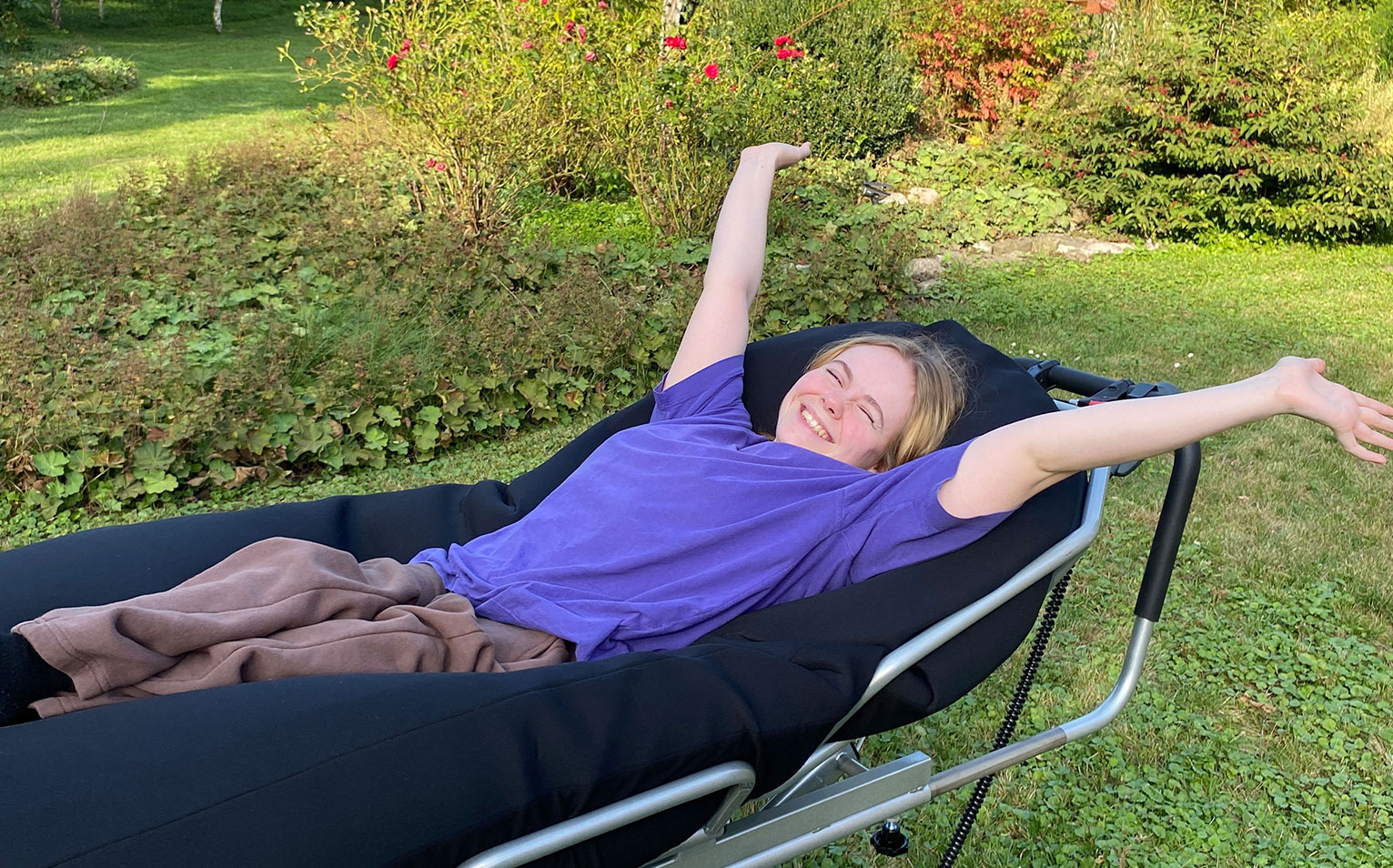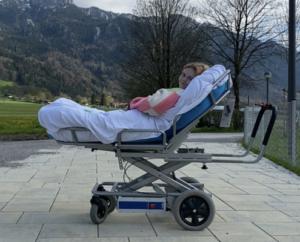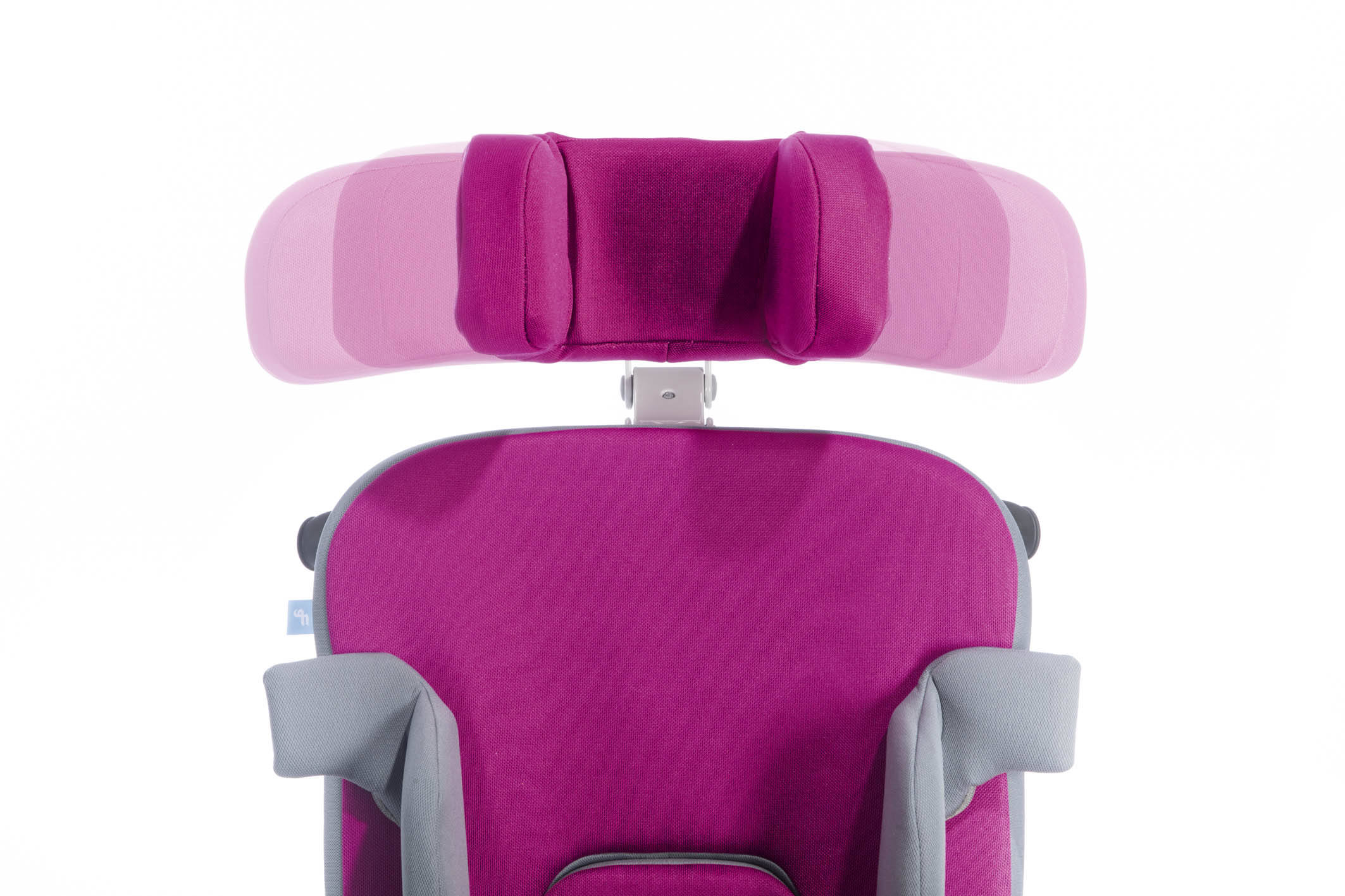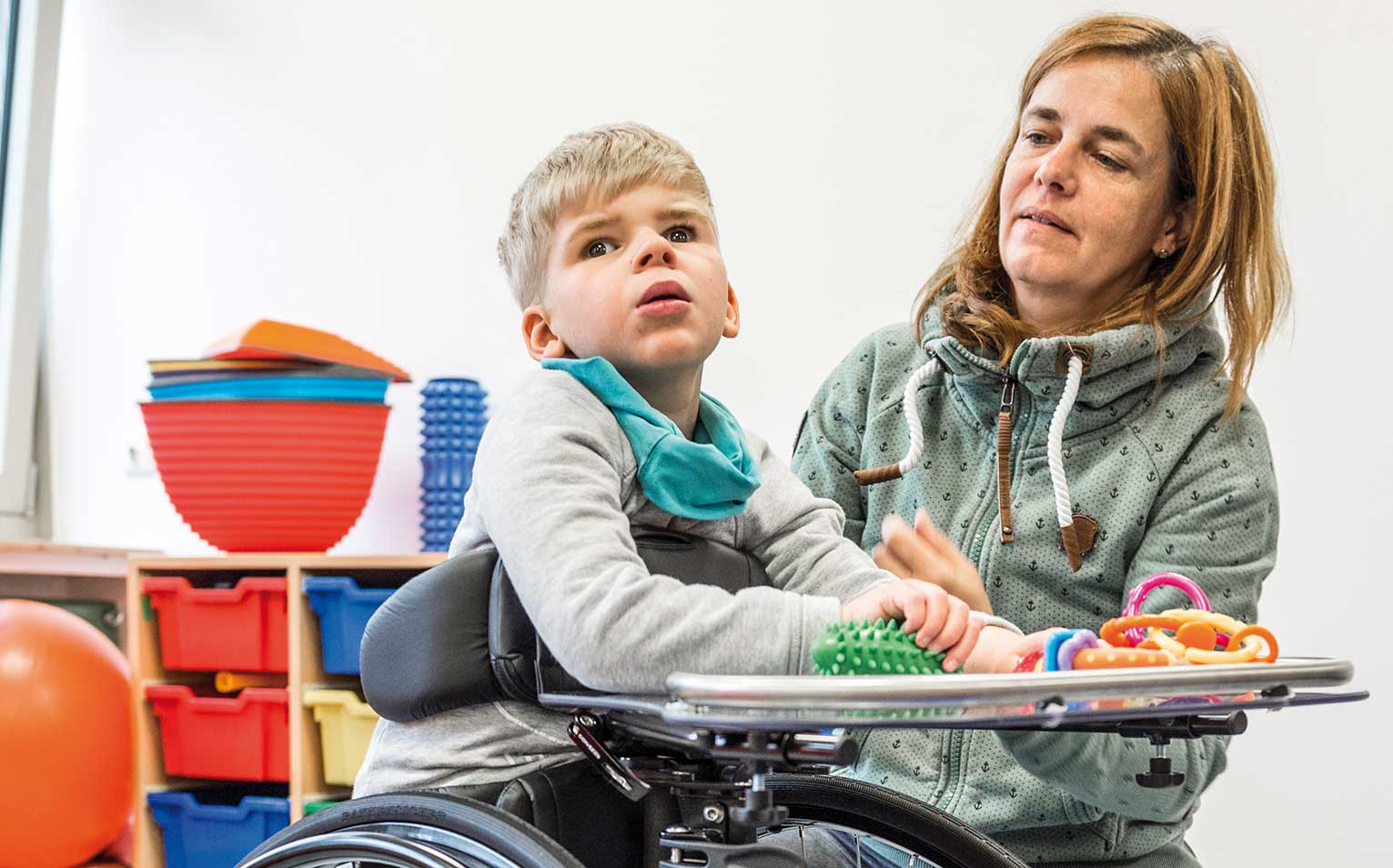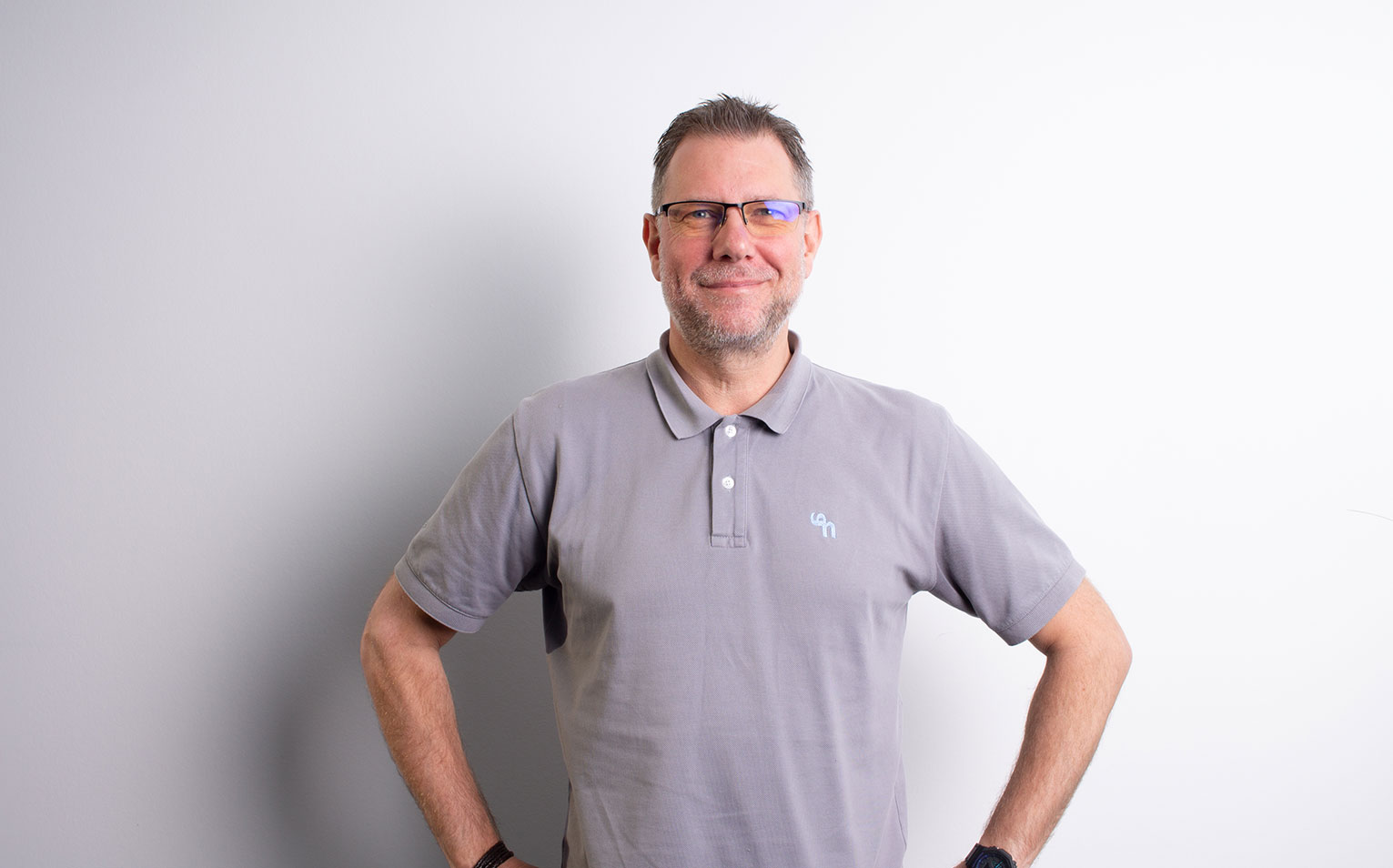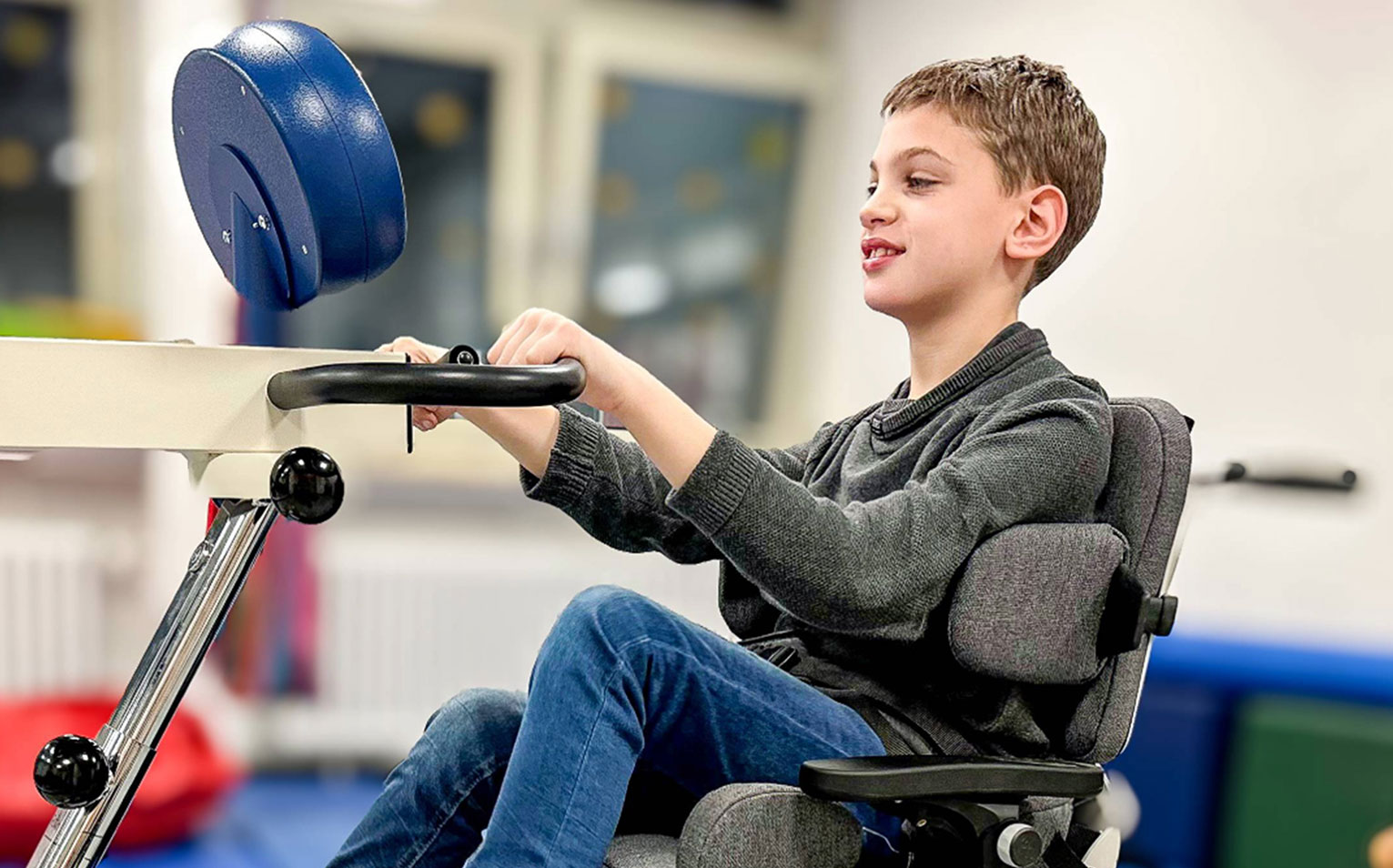What is the caudal regression syndrome?
On Rare Disease Day: We report on rare caudal regression syndrome.
“My operation was discussed in December last year,” Alana tells us in our conversation last November. “I have the very rare ‚caudal regression syndrome‘ and therefore had to have an operation on my spine.”
Caudal regression syndrome: what is it all about?
To mark Rare Disease Day, we would like to introduce you to caudal regression syndrome. This is a rare congenital disease that affects the lower spinal segments. In some cases, very significant malformations occur in various sections of the spine and other areas of the body. In some cases, entire sections of the spine in the area of the sacrum and coccyx are missing.
This syndrome usually leads to serious malformations and complications. It is not uncommon for those affected to be missing various organs, which can lead to a restricted life.
It is also not uncommon for various limbs to be deformed. The kidneys can also be affected by this syndrome, so that the affected person suffers from incontinence or is even dependent on a transplant. Many sufferers also have heart defects, which can severely limit their life expectancy.
(Source: Witkowski R., Prokop O., Ullrich E.: Lexicon of syndromes and malformations. Springer, Berlin 2003)
“To be more precise, I had a new sacrum inserted and my pelvis was straightened. Both were attached to the spine to straighten my pelvis,” she explains.
When Alana underwent her second operation in June 2023, she relied on the tina. reclining shell base frame with reclining shell system. The vacuum mattress with electric pump adapts perfectly to the individual characteristics of the body. This means that Alana can always be positioned without pressure or pain.
Enormous progress in recovery
It has now been over six months since the operation and Alana has been recovering in hospital and at home ever since. From the very beginning, she was dependent on pressure-free positioning so as not to put too much strain on her spine. In our tina. she was able to gradually straighten up after a short time without putting too much strain on her body. This enormous progress contributed significantly to her recovery. In the wheelchair, Alana wears a corset to stabilise her spine and pelvis. In the tina. she doesn’t need this thanks to the custom-fit vacuum mattress. She enjoys the time without a corset and getting out of bed. For example, she can join the family for dinner or play board games again without the fear of her pelvis breaking.
“tina. and the wheelchair with the corset are still an integral part of my everyday life,” Alana told us in our last conversation a few days ago. “Before my operation and even after my full recovery, the wheelchair is and will be the most important aid in my everyday life. It allows me to be mobile and take part in life. At the moment, I can’t imagine my everyday life without the tina..”

